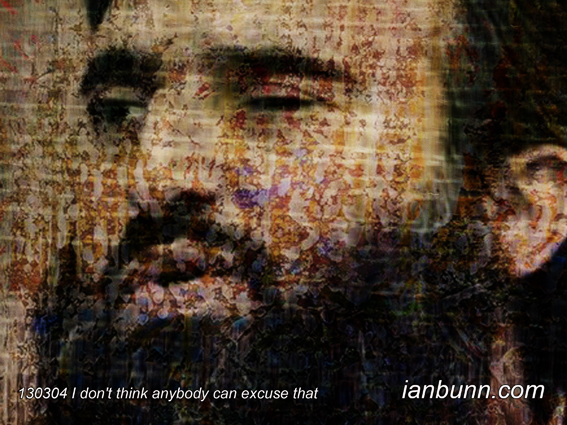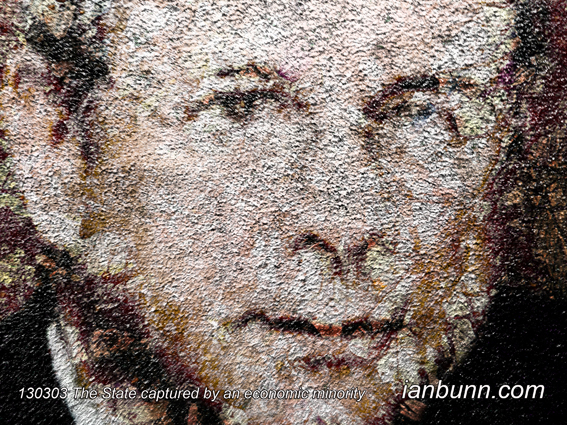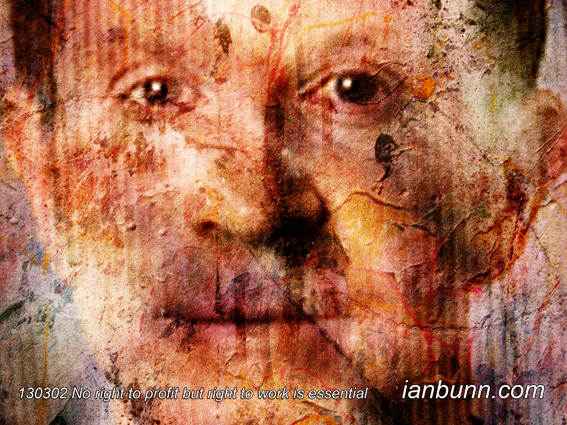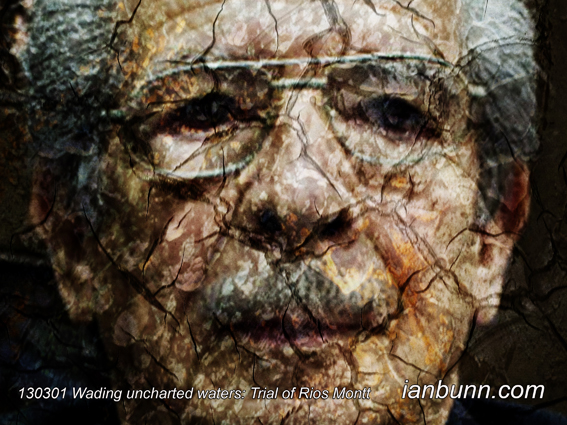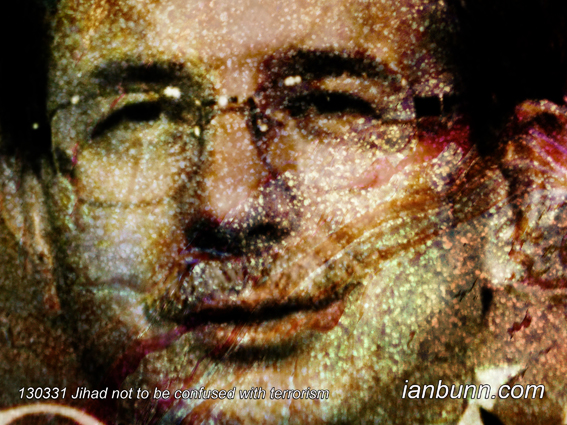 Jihad not to be confused with terrorism (March 31 2013)
Jihad not to be confused with terrorism (March 31 2013)
Ahmet Davutoglu the 54 year old Turkish Foreign Minister, former political scientist, academic Professor and an ambassador at large has stated that “’Jihad’ not to be confused with terrorism”. In an article on France 24 reports that Davutoglu told a business conference in Istanbul, the idea of jihad should not be confused with terrorism adding that the notion is often misunderstood by American “neo-cons and pro-Israelis”. There is no connection between jihad and terrorism, adding that suggestions to the contrary come from American neo-cons and Israelis. “’Jihad’ is the name of fighting for our honour, if required, but above all it means fighting against one’s own limitations,” Davutoglu said at a business conference entitled “Turkey in light of international developments, 2013” at the headquarters of the Independent Industrialists’ and Businessmen’s Association. “For us, jihad is a sacred notion; let us not taint this notion by using it like neo-cons and pro-Israelis in America,” Davutoğlu said, while condemning an opposition party deputy who asked the Turkish government on its policy regarding the jihadist movement in Syria at a Turkey-EU Joint Parliamentary Commission meeting on Feb15. Wikipedia states Davutoglu was granted a title of ambassador in 2003 by the joint decision of President Ahmet Necdet Sezer and Prime Minister Abdullah Gül. His publications include Alternative Paradigms: The Impact of Islamic and Western Weltanschauungs on Political Theory, and his book Strategic Depth is a very influential book in Turkey’s foreign policy orientation. He is very influential in the military, academic, and government triangle shaping Turkish foreign policy. Davutoglu was one of the leading actors on behalf of the Turkish government during the shuttle diplomacy for the settlement of 2008 Israel–Gaza conflict. He has since called for Turkey to become more than just a regional power within Europe and the Middle East and desires Ankara to have a far more influential role in world politics.
Inspired by France24 ow.ly/iuWZ0 Image source Wikipedia ow.ly/iuX5X
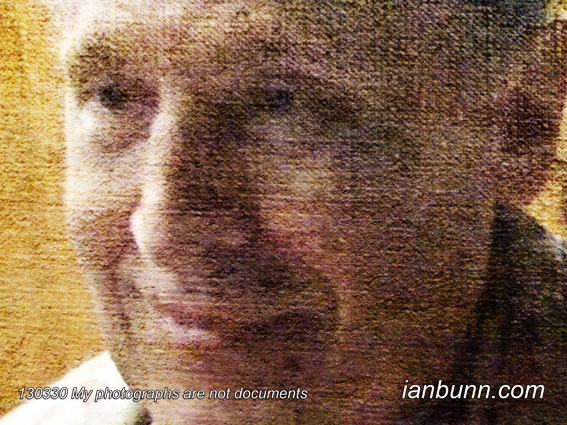
![Stefano Ragazzi the Italian Professor undertaking experiments to understand dark particles has been featured by Rebecca Morelle the BBC Science reporter in an article titled ‘Dark Matter: Experiment to shed light on dark particles’ in which she states “In a man-made cavern, deep beneath a mountain, scientists are hoping to shed light on one of the most mysterious substances in our Universe - dark matter. The Gran Sasso National Laboratory seems more like a Bond villain's lair than a hub for world class physics. It's buried under the highest peak of Italy's Gran Sasso mountain range; the entrance concealed behind a colossal steel door found halfway along a tunnel that cuts through the mountain. “The feeling is that dark matter could be just around the corner, so everybody is rushing to be the first to find it” [states] Stefano Ragazzi Director, …But there's a good reason for its subterranean location. The 1,400m of rock above means that it is shielded from the cosmic rays that constantly bombard the surface of our planet. It provides scientists with the "silence" they need to understand some of the strangest phenomena known to physics. Inside three vast halls, a raft of experiments are running - but with their latest addition, DarkSide50, scientists are setting their sights on dark matter. Everything we know and can see in the Universe only makes up about 4% of the stuff that is out there. …They predict that about 73% of the Universe is made up of dark energy - a pervasive energy field that acts as a sort of anti-gravity to stop the Universe from contracting back in on itself. The other 23%, researchers believe, comes in the form of dark matter. The challenge is that until now nobody has seen it. … [Ragazzi] hopes that the first glimpse of dark matter will be in his research facility.” Inspired by Rebecca Morelle, BBC ow.ly/iuL6f Image source infn.it ow.ly/iuL1I](http://www.ianbunn.com/wp-content/uploads/2013/03/130329dcU60.jpg)
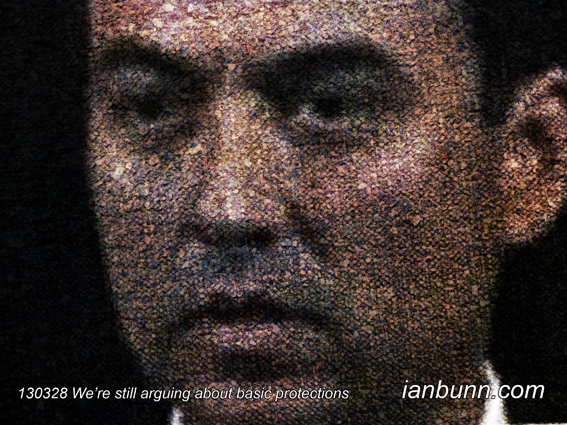
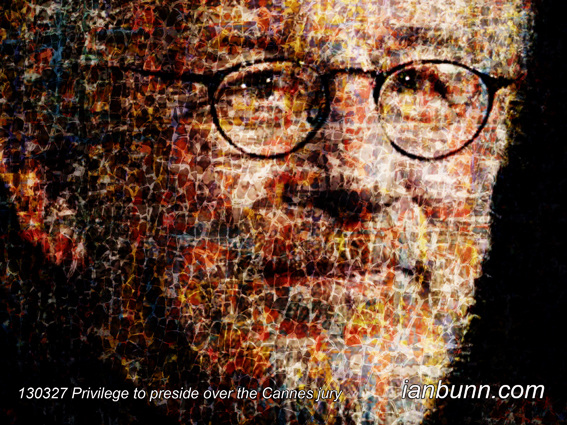
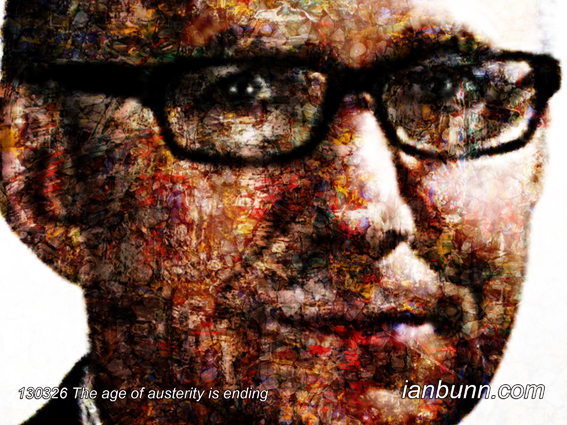
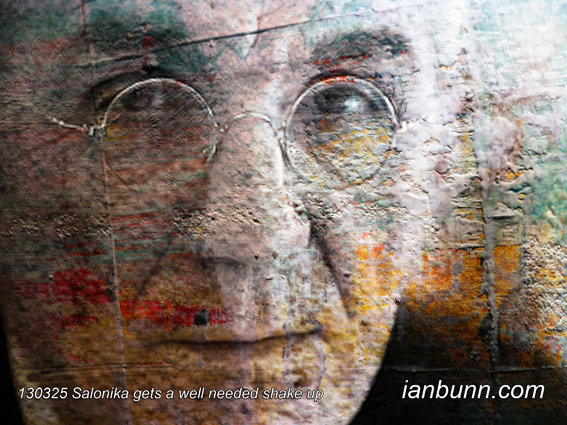

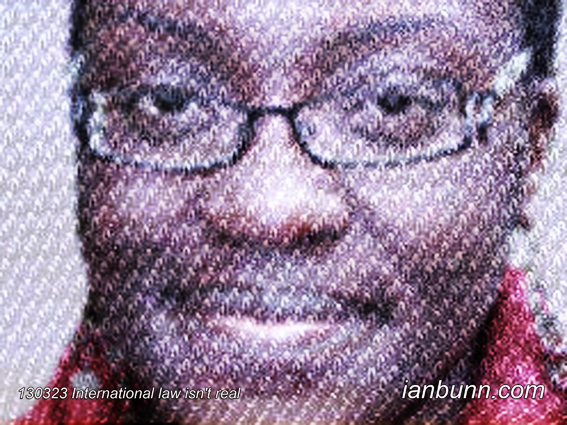


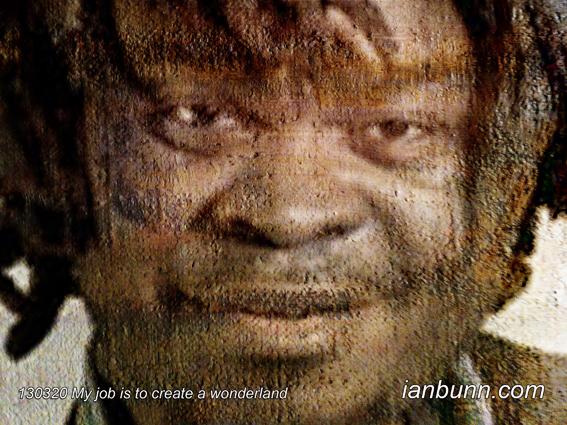

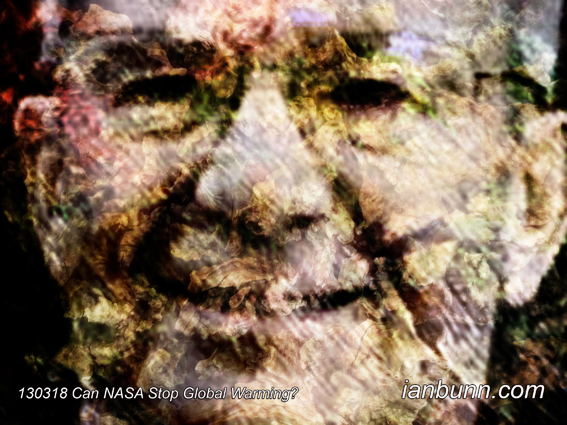

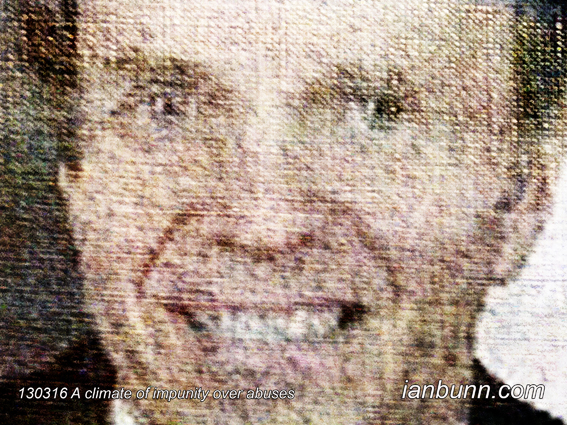

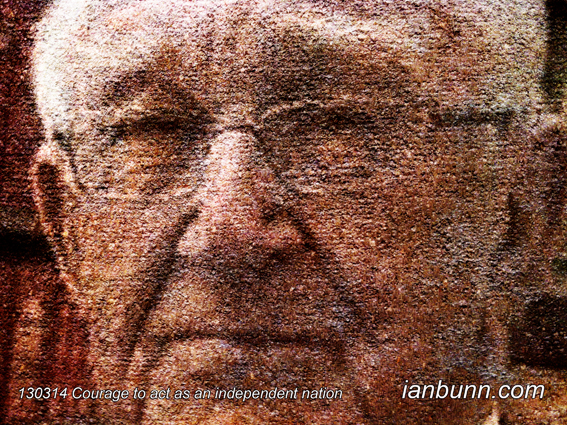


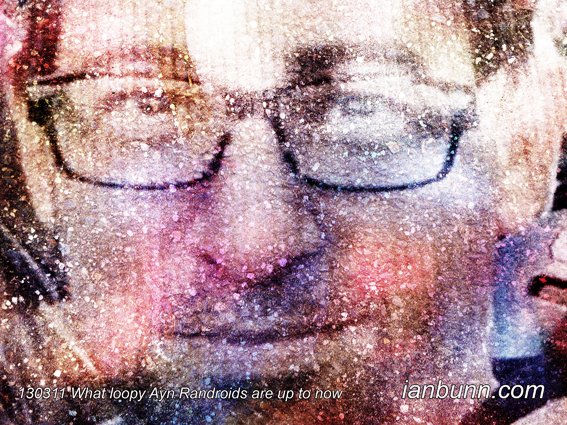
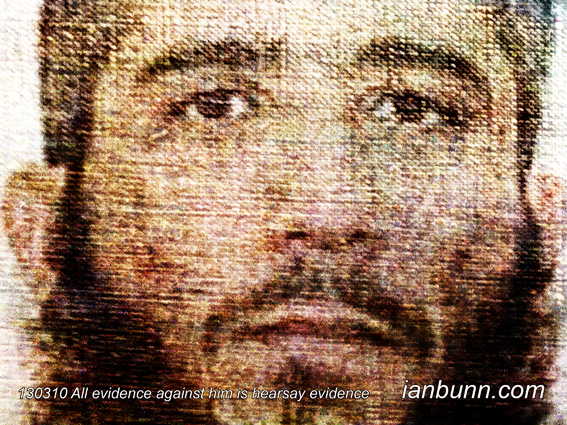
![David Choe the 36 year old American painter, muralist, graffiti artist and graphic novelist of Korean descent, having achieved success with his "dirty style" figure paintings comprising raw, frenetic works which combine themes of desire, degradation, and exaltation; has been the subject of an article on The Daily Beast by Lizzie Crocker titled ‘Facebook Artist David Choe Launches New Gig With Porn Star Asa Akira’. Crocker states “A year after David Choe became the most surprising multimillionaire to emerge from Facebook’s IPO, the bad-boy graffiti artist is making the publicity rounds with a new pornographic podcast featuring porn star Asa Akira. ...Tits, ass, and goblins. Bare-chested chicks straddling hellhounds. Perverse imagery has long permeated graffiti artist David Choe’s work, including the infamous murals he spray-painted at Facebook’s first headquarters in Palo Alto, Calif. The company’s then president, Sean Parker, allegedly told Choe to “go crazy and draw as many giant ‘cocks’” on the walls as he wanted. Choe was paid for the job in Facebook stock, which was valued at $200 million when the social media behemoth went public last February. …A year later, Choe is opening up about his new gig with porn star Asa Akira: DVDASA … The first two episodes of DVDASA feature comedian Yoshi Obayashi as a special guest, though Choe hopes to lure actors, rap artists, and other “legitimate people” into the podcast studio… He claims he created the podcast as a forum to voice personal transgressions and divulge bizarre fetishes and fantasies. “When you talk about everything openly, it’s hell on your personal relationships,” he says. “It’s weird, because it feels good and yet it’s also really self-destructive. But [Asa and I] have already figured out that we’re self-destructive people anyway, so it’s like, fuck it.” Inspired by Lizzie Crocker, The Daily Beast ow.ly/hYBSx Image source Facebook ow.ly/hYBS8](http://www.ianbunn.com/wp-content/uploads/2013/03/130309dcU60.jpg)

![Salil Shetty the Indian long-term activist on poverty and justice, former director of the United Nations Millennium Campaign and now Secretary General of the human rights organization Amnesty International has published an article on Aljazeera titled ‘Nigerian government should address the problems’. Shetty states "A country with global aspirations should also be a country of the rule of law. On that count, Nigeria is failing dismally - particularly when it comes to Boko Haram [Islamic militant group]. …The death of 43 adds to the toll of more than 1,000 people killed by Boko Haram over the last two years, including attacks on churches, outside mosques and in markets. Such an assault from within is a challenge to any country. But Nigeria has to find a more effective means of response than it has to-date. The country is positioning itself as a global player and is seeking a permanent seat on the UN Security Council. The terrible crimes of Boko Haram can never be a justification for a country's security forces to kill or disappear people with impunity. The security forces' response is creating an atmosphere of lawlessness across vast swathes of the country. In the words of one Nigerian judge, the authorities' disregard for due process is "barbaric". … Unlawful killings, detention without charge, and enforced disappearances are just some of the human rights violations being perpetrated by Nigeria's security forces in the name of national security which Amnesty International identified in a report launched in November. … The Nigerian government should address the problems, not blame the messenger or deny the undeniable. The Nigerian government owes its own people respect for the rule of law - including by the lawful prosecution of Boko Haram crimes, which we see too rarely. If official lawlessness is denied and goes unpunished, Nigeria will not gain the stability it so badly needs.” Inspired by Salil Shetty, Aljazeera ow.ly/hYDEp Image source Facebook ow.ly/hYDC8](http://www.ianbunn.com/wp-content/uploads/2013/03/130307dcU60.jpg)

![Daniel Buren the 74 year old French conceptual artist, classified as an abstract minimalist known best for using regular, contrasting maxi stripes to integrate the visual surface and architectural space, notably historical, landmark architecture. Among his chief concerns is the ‘scene of production’ as a way of presenting art and highlighting facture (the process of ‘making’ rather than for example, mimesis or representation of anything but the work itself). The work is site specific installation, having a relation to its setting in contrast to prevailing ideas of a work of art standing alone. Buren has been profiled in an article by Roberta Smith for the New York Times titled ‘Daniel Buren: 'Electricity Fabric Paint Paper Vinyl ...', Smith states “[Buren] who reduced painting to awning stripes printed on canvas or paper some 40 years ago, has probably eked more mileage out of this signature end-of-painting motif than any artist could logically expect. …Buren shows the latest versions of site-specific works in vertically striped paper that date back three and four decades. These pieces are, in effect, intermittent expanses of wallpaper that alter our sense of a space and create a nice graphic, even decorative punch. …Buren takes up the striped canvas again, but with several twists. In one he layers the canvas with white-striped Plexiglas to block or expose the colored stripes beneath. In the other group glam-rock chic prevails: the canvas is luminescent, cut with a curved or a diagonal edge that is lined with a glowing strand of fiber optics. Despite their newness, these pieces conjure the early-1960s work of artists like Frank Stella and Robert Mangold; they are arbitrary and conventional, and could be derivative student works that Mr. Buren abandoned to make the site-specific pieces at Petzel. Mr. Buren gets credit for choosing art over ideology, but he has to do more than relearn old tricks.” Inspired by Roberta Smith, New York Times ow.ly/hYBrJ Image source Français ow.ly/hYBqs](http://www.ianbunn.com/wp-content/uploads/2013/03/130305dcU60.jpg)
